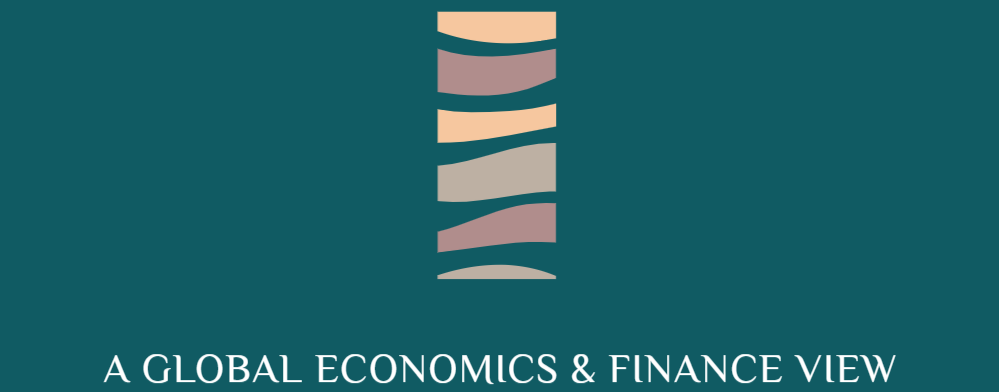
Fiduciary duty demands leaders prioritize shareholder value, but sustainable leadership champions long-term growth by integrating environmental, social, and governance (ESG) goals. When balanced, this approach has propelled leaders to success, but when ignored, it has led to the collapse of some of the world’s largest companies. Short-term incentives and relentless shareholder demand often seduce leaders into chasing quick wins, jeopardizing resources, straining assets, and sacrificing future stability.
Are leaders driving growth—or driving their companies off a cliff?
This article unpacks the clash between fiduciary duty and sustainable leadership, revealing the pitfalls of short-term thinking and the strategies needed to strike a winning balance.
Fiduciary Duty vs Sustainable Leadership in Traditional Organizations
Fiduciary duty requires leaders to act in shareholders’ best interests, often equated with short-term financial gains like quarterly targets and dividend payouts. In contrast, sustainable leadership emphasizes long-term growth, including environmental, social, and governance (ESG) initiatives.
Can businesses thrive if they prioritize today's profits over tomorrow's survival?
In traditional hierarchical organizations, the clash between these approaches is amplified by outdated leadership incentives and structures that reward short-term wins over sustainable strategies.
The Role of Short-Term Incentive Schemes
Short-term incentives, like yearly bonuses, often encourage leaders to prioritize quick results, leading to risky decisions:
- Cutting Costs: Immediate savings may harm innovation, product quality, or employee morale.
- Resource Depletion: Overusing natural or financial resources to inflate short-term performance.
- Asset Misuse: Overworking assets, from equipment to human capital, without reinvesting for the future.
Are yearly bonuses driving results—or driving businesses into the ground?
The unintended consequences of such incentives can hollow out organizations, leaving them uncompetitive in the long term.
Impact of Bonuses and Shareholder Distribution Strategies
Short-term bonuses motivate immediate results but distort priorities. Leaders may delay critical investments—like R&D or infrastructure—because their rewards are tied to short-term gains. This paradox undermines long-term business health.
Frequent distributions, like quarterly dividends, increase pressure on leaders to prioritize short-term returns over sustainable growth. Yearly or longer-term distribution strategies allow businesses to:
- Invest in innovation and technology.
- Improve sustainable supply chains.
- Focus on long-term employee and stakeholder value.
Balancing shareholder expectations requires shifting the mindset: profits should be seen as an outcome, not the end goal.
Lessons from Organizations That Prioritized Short-Term Targets
History offers stark examples of companies that collapsed after focusing on short-term gains:
- Enron: A fixation on short-term stock performance led to unethical practices and catastrophic failure.
- Lehman Brothers: Aggressive, short-term profit-seeking fuelled excessive risks, triggering the 2008 financial crisis.
- Carillion: This construction giant collapsed under debt after prioritizing growth and profits over operational stability.
What’s the cost of chasing short-term wins? For these companies, it was everything.
These cases highlight the dangers of sacrificing sustainability for immediate results and underscore the need for a balanced approach.
Balancing Fiduciary Commitments with Sustainability
Leaders can fulfill their fiduciary duty while ensuring sustainability through strategic changes:
- Adopt Purpose-Driven Leadership: Align short-term actions with the organization’s long-term vision.
- Redesign Incentives: Tie bonuses to long-term milestones and sustainable outcomes.
- Communicate Transparently: Educate shareholders on the value of sustainable growth.
- Invest in Resilience: Focus on initiatives like renewable energy, employee training, and governance reforms.
Strategic Implications of Short-Term Targets
While short-term targets drive immediate results, leaders must weigh their broader implications:
- Are short-term wins building trust with stakeholders or eroding it?
- Do incentives encourage sustainable innovation?
- Are resources allocated for growth, or are they being depleted for quick gains?
By answering these questions, leaders can align short-term performance with sustainable leadership principles.
Conclusion: The Path to Sustainable Leadership
Balancing fiduciary duty with sustainable leadership is essential for long-term success. While short-term incentives have their place, they must be carefully managed to avoid undermining future growth.
Leaders who prioritize resilience, innovation, and stakeholder value will fulfill their fiduciary responsibilities while building organizations equipped to thrive in a rapidly changing world.
